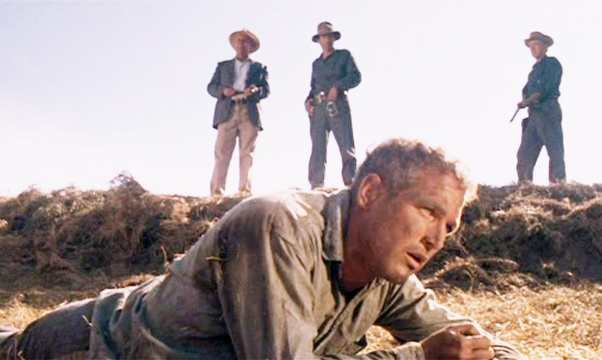What We Have Here Is Failure To Communicate

In the realm of human interaction, communication serves as the cornerstone of understanding, cooperation, and progress. Yet, despite its fundamental importance, instances of communication breakdowns are all too common, leading to misunderstandings, conflicts, and missed opportunities. One iconic phrase that encapsulates this phenomenon is “what we have here is failure to communicate,” echoing through popular culture and resonating with individuals who have experienced the frustration and consequences of miscommunication.
Originating from the 1967 classic film “Cool Hand Luke,” this line, delivered by the prison warden to the rebellious protagonist, has transcended its cinematic context to become a poignant commentary on the broader challenges of communication. Its enduring relevance lies in its portrayal of a breakdown not just in verbal exchange but also in comprehension, empathy, and connection.
Understanding the Significance of Communication Breakdowns
At its core, the failure to communicate often stems from various factors, ranging from linguistic barriers and cultural differences to emotional barriers and cognitive biases. In a world characterized by diverse perspectives and experiences, navigating these obstacles requires more than mere fluency in language; it demands active listening, empathy, and a willingness to bridge gaps in understanding.
Consider, for instance, a scenario in which two individuals from different cultural backgrounds attempt to collaborate on a project. Despite their proficiency in a shared language, subtle nuances, idiomatic expressions, and cultural norms may elude their grasp, leading to unintended offense or confusion. In such cases, effective communication necessitates not only clarity in expression but also a sensitivity to cultural nuances and a readiness to seek clarification when needed.
Moreover, communication breakdowns can also occur within interpersonal relationships, where emotional barriers and misaligned expectations pose significant challenges. In romantic partnerships, for instance, conflicts often arise not from a lack of love but from a failure to articulate needs, boundaries, and desires effectively. Left unaddressed, these unresolved tensions can fester, eroding trust and intimacy over time.
In professional settings, the consequences of communication breakdowns can be particularly pronounced, impacting productivity, morale, and organizational success. From misunderstood directives and unclear feedback to conflicts arising from misinterpreted intentions, the costs of ineffective communication are manifold. In a hyperconnected world where collaboration often transcends geographical boundaries, mastering the art of communication becomes an indispensable skill for navigating the complexities of the modern workplace.
Despite its challenges, the prospect of overcoming communication breakdowns offers a pathway to deeper understanding, stronger relationships, and more effective collaboration. By fostering a culture of open dialogue, active listening, and mutual respect, individuals and organizations can mitigate the risks of miscommunication and harness the transformative power of effective communication.
Conclusion
The phrase “what we have here is failure to communicate” serves as a poignant reminder of the pervasive nature of communication breakdowns in human interaction. Whether in personal relationships, professional endeavors, or societal discourse, the ability to communicate effectively lies at the heart of progress and understanding. By recognizing the barriers to communication and embracing strategies for overcoming them, we can strive towards a world where words cease to fail us, and understanding prevails.






